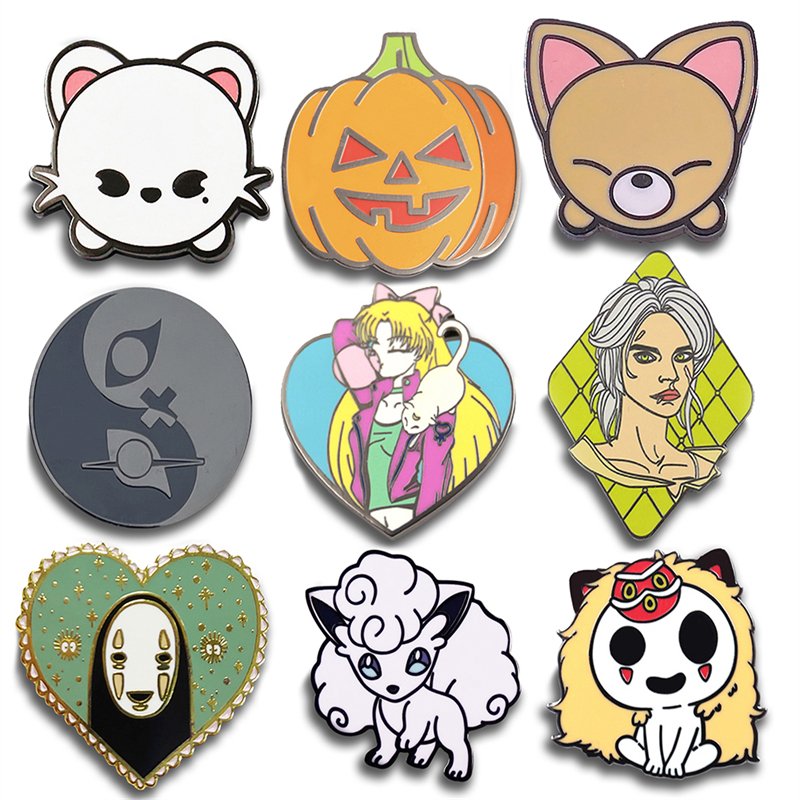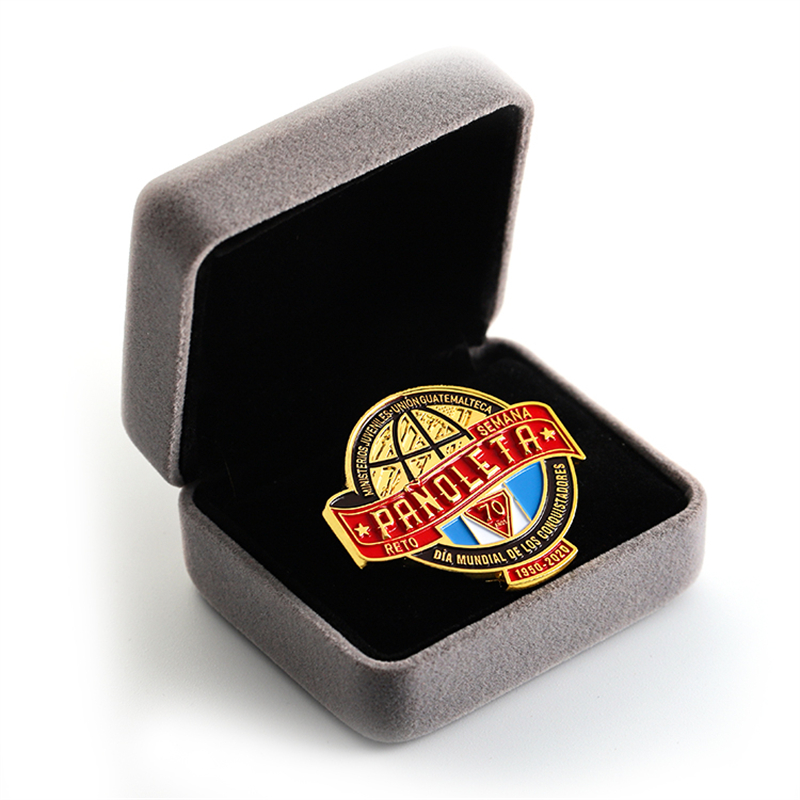Unleash your creativity with Design badges.
Design badges for your next event or organization! Check out our wide selection of customizable badges at Trophy Cup Award Medal. Click here to browse and order:
Design badges are visual representations of achievements or skills in the field of design. They serve as a way to recognize and showcase a designer’s expertise, creativity, and proficiency in various design disciplines. These badges can be earned through completing specific courses, projects, or certifications, and are often displayed on portfolios, resumes, or online platforms to demonstrate a designer’s credibility and proficiency to potential clients or employers. Design badges not only provide a tangible proof of a designer’s abilities but also serve as a motivation for continuous learning and improvement in the ever-evolving field of design.
The Importance of Design Badges in Enhancing User Experience
Design badges play a crucial role in enhancing user experience on websites and applications. These small visual elements serve as indicators of quality, credibility, and professionalism. By incorporating design badges into their interfaces, designers can effectively communicate important information to users, establish trust, and create a positive user experience.
One of the primary functions of design badges is to convey credibility. When users visit a website or use an application, they often look for signs that indicate the trustworthiness of the platform. Design badges, such as security seals or certifications, can provide this assurance. For example, an e-commerce website that displays a badge indicating secure payment processing can instill confidence in users, encouraging them to make purchases without worrying about their personal information being compromised.
In addition to credibility, design badges also help users navigate through complex interfaces. Websites and applications often have numerous features and functionalities, making it challenging for users to understand how to use them effectively. By incorporating intuitive design badges, designers can guide users and simplify their experience. For instance, a badge indicating a “live chat” feature can help users easily locate and access customer support, enhancing their overall satisfaction with the platform.
Moreover, design badges can be used to highlight important information or achievements. For example, a website that has won awards or received positive reviews can display badges to showcase these accomplishments. This not only adds credibility but also helps users quickly identify the platform’s unique selling points. By prominently displaying these badges, designers can effectively communicate the value proposition of the website or application, attracting and retaining users.
Furthermore, design badges can enhance the visual appeal of a website or application. A well-designed badge can add a touch of professionalism and sophistication to the overall interface. By carefully selecting colors, shapes, and typography, designers can create badges that seamlessly integrate with the overall design aesthetic. This attention to detail not only enhances the visual appeal but also contributes to a cohesive and harmonious user experience.
When incorporating design badges, it is essential to consider their placement and prominence. Badges should be strategically positioned to ensure they are easily noticeable without overwhelming the interface. Placing badges in prominent locations, such as the header or sidebar, can help users quickly identify important information. However, it is crucial to strike a balance and avoid cluttering the interface with too many badges, as this can lead to confusion and a negative user experience.
In conclusion, design badges are essential elements in enhancing user experience on websites and applications. They serve multiple purposes, including conveying credibility, simplifying navigation, highlighting important information, and enhancing visual appeal. By incorporating well-designed badges into their interfaces, designers can effectively communicate important information to users, establish trust, and create a positive user experience. However, it is crucial to carefully consider the placement and prominence of badges to ensure they enhance, rather than detract from, the overall interface.





